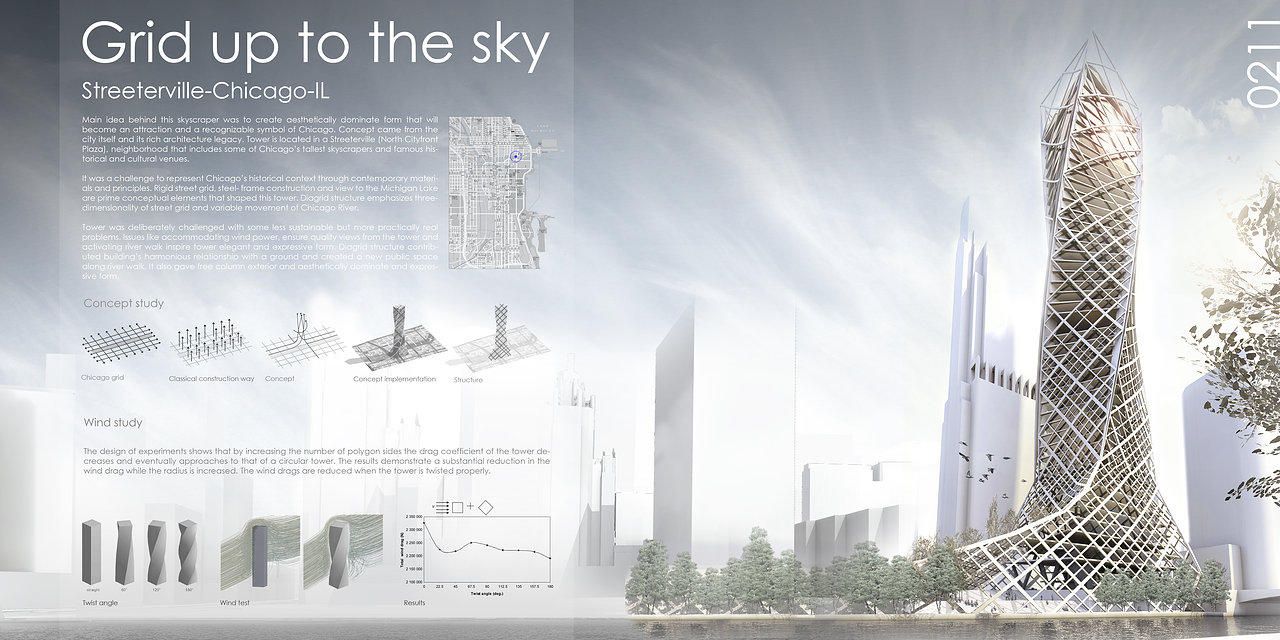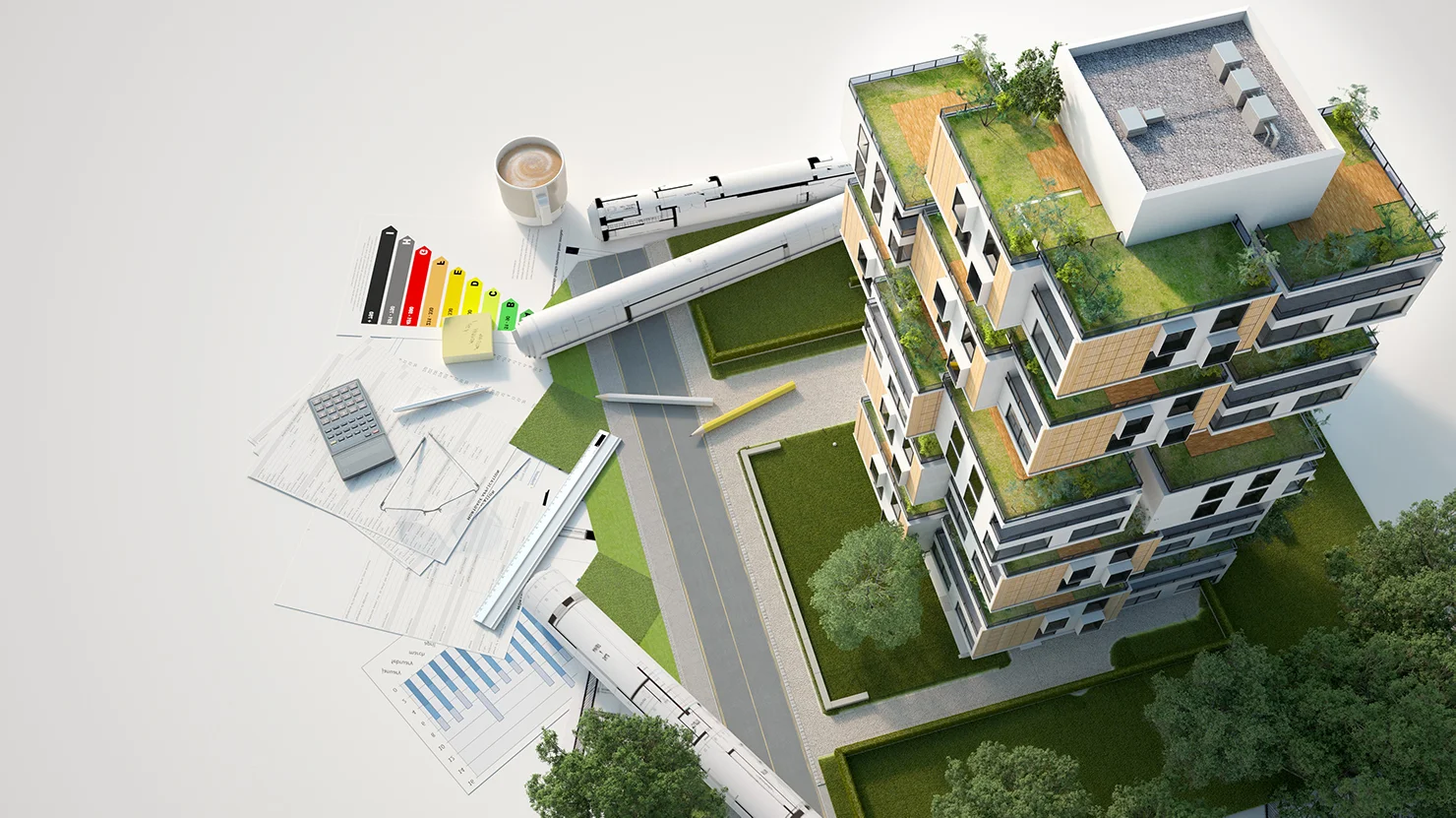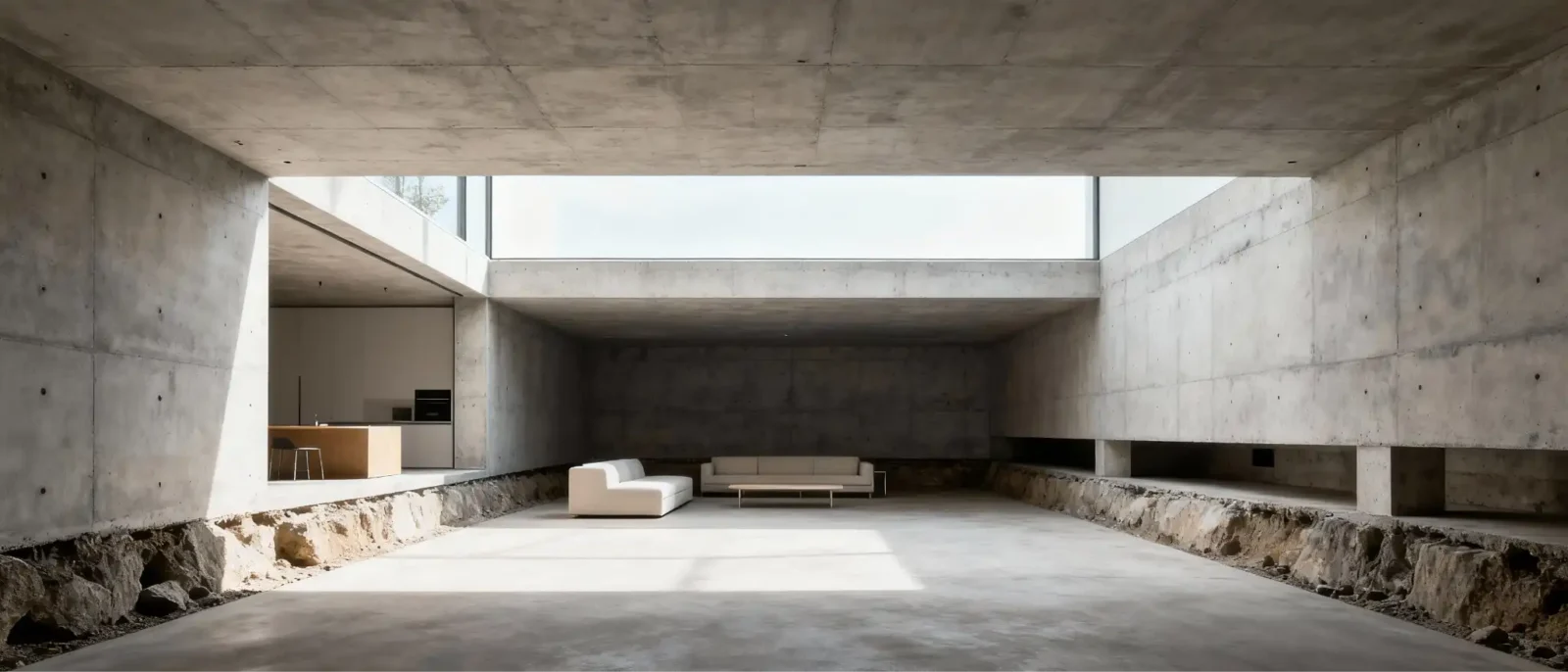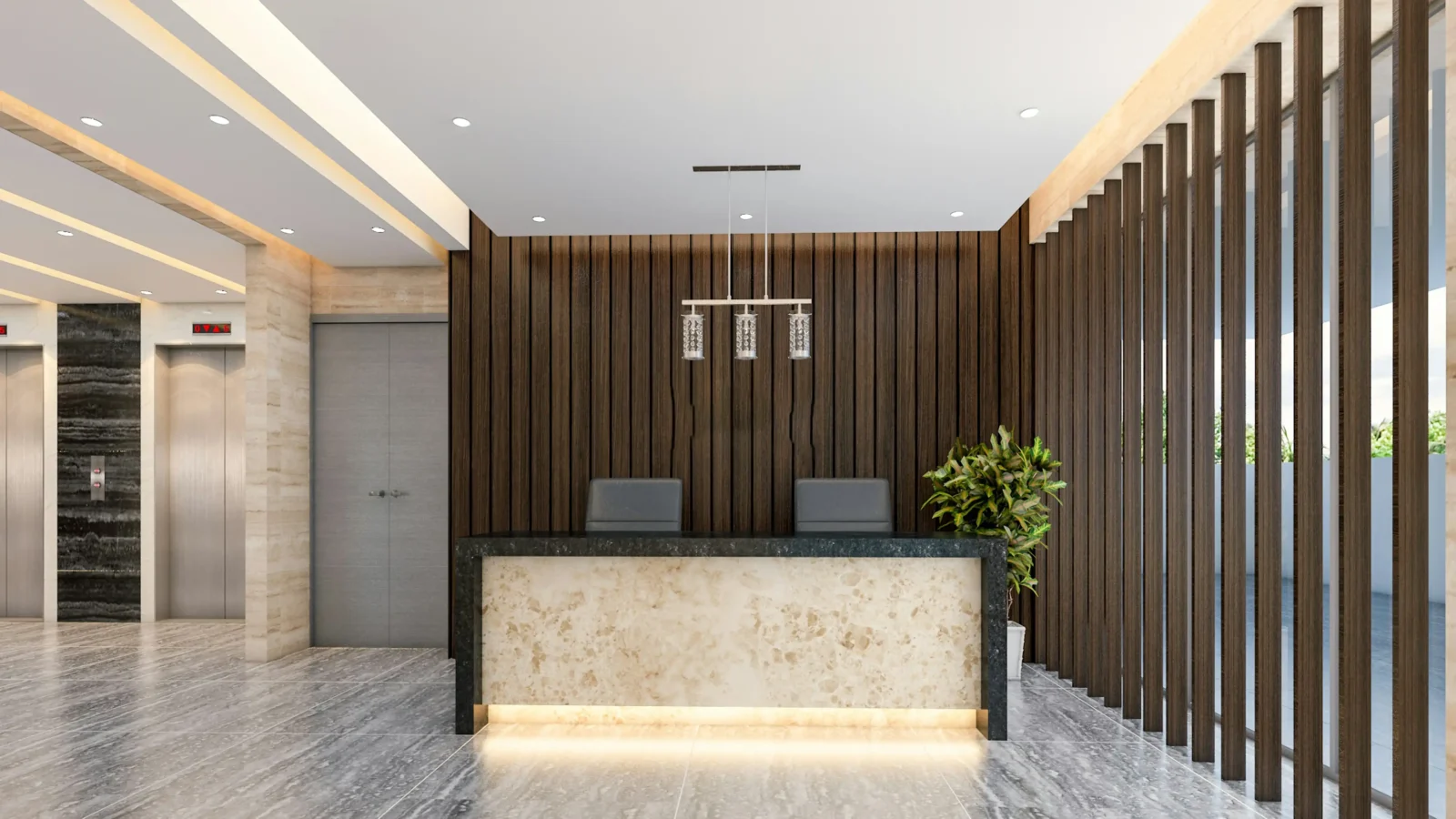- Home
- Articles
- Architectural Portfolio
- Architectral Presentation
- Inspirational Stories
- Architecture News
- Visualization
- BIM Industry
- Facade Design
- Parametric Design
- Career
- Landscape Architecture
- Construction
- Artificial Intelligence
- Sketching
- Design Softwares
- Diagrams
- Writing
- Architectural Tips
- Sustainability
- Courses
- Concept
- Technology
- History & Heritage
- Future of Architecture
- Guides & How-To
- Projects
- Interior Design
- Competitions
- Jobs
- Store
- Tools
- More
- Home
- Articles
- Architectural Portfolio
- Architectral Presentation
- Inspirational Stories
- Architecture News
- Visualization
- BIM Industry
- Facade Design
- Parametric Design
- Career
- Landscape Architecture
- Construction
- Artificial Intelligence
- Sketching
- Design Softwares
- Diagrams
- Writing
- Architectural Tips
- Sustainability
- Courses
- Concept
- Technology
- History & Heritage
- Future of Architecture
- Guides & How-To
- Projects
- Interior Design
- Competitions
- Jobs
- Store
- Tools
- More
What is the Importance of Font in Presentation Sheet Design?

Architectural Presentation Sheets
Architectural presentation sheets, also known as architectural drawings or architectural renderings, are a key part of the design process in architecture. These sheets communicate a wide range of information about the design of a building or space to various stakeholders, including clients, contractors, engineers, and other design professionals. Before we talk about the importance of font selection in architectural presentation boards, let’s take a look at what a complete architectural presentation should include.

Design concept: The presentation sheets communicate the design concept and vision for the building or space, including the overall look and feel, the design language, and the key design features.
Layout and floor plans: These sheets show the layout and floor plans of the building or space, including the placement of walls, doors, windows, and other features.
Elevations: Elevations are drawings that show the exterior of the building, including the shape, size, and appearance of the building’s facade.
Sections: Sections are drawings that cut through the building or space to show the interior spaces and how they relate to one another.
Materials and finishes: The presentation sheets communicate the materials and finishes that will be used in the building, including flooring, wall treatments, and other design elements.
Lighting and acoustics: The presentation sheets may include information about lighting and acoustics, such as the placement of lights, fixtures, and sound-dampening materials.
Environmental considerations: These sheets may also communicate environmental considerations, such as the use of sustainable materials, energy-efficient systems, and green building practices.
In summary, architectural presentation sheets provide a comprehensive overview of the design of a building or space, helping to communicate the vision and intent of the architect to all stakeholders involved in the project. Using the right font will ensure the best “read” of all these elements.

Font Selection for Presentation Sheets
Fonts play an important role in architectural presentation sheet design as they can affect the legibility, readability, and overall aesthetic appeal of the sheet. The choice of font can communicate the tone and style of the project and can influence how the viewer perceives the information being presented. Choosing the best font for architectural presentations can be a subjective process, but there are some general guidelines that can help in making an informed decision. Here are some steps to follow when selecting a font for your presentation sheet design:

- Consider the purpose of the presentation: The font you choose should reflect the tone and style of the project. For example, a traditional building design may require a serif font, while a modern design may call for a sans-serif font.
- Legibility: Ensure that the font you choose is easy to read, even when used in small sizes. Avoid overly decorative or ornate fonts that may make the text hard to read.
- Hierarchy: Consider using different fonts to create a hierarchy of information. Use a larger, bolder font for the main title, and smaller, lighter fonts for subheadings and captions.
- Consistency: Use a consistent font across all presentation sheets to establish a recognizable brand identity.
- Test the font: Before finalizing a font, test it on a sample sheet or slide to see how it looks in context. Make sure it is legible and easy to read, and that it complements the overall design.
- Use a font library: There are many font libraries available online, such as Google Fonts or Adobe Fonts, that offer a wide range of free and paid fonts. Browse these libraries to find a font that fits the project’s requirements.
Also, branding is an important factor for choosing best font of architectural presentations. The font choice can reflect the branding of the architect or architectural firm. Using a consistent font across all presentation sheets can help establish a recognizable brand identity. We can say that choosing the best font for architectural presentations requires careful consideration of the project’s purpose, style, and legibility, as well as testing and experimentation to find the right fit.
Changing the font in architectural presentations can have a significant impact on the overall look and feel of the presentation. Here are some possible font changes that can be made:
Serif and Sans-Serif Fonts
Changing from a serif font (which has small lines or flourishes at the end of each letter) to a sans-serif font (which does not have these lines) can create a more modern, minimalist look. This change can be appropriate for designs that are more contemporary or for conveying technical information.
Do not forget that changing the font size and weight can help to create a hierarchy of information and make the most important information stand out. For example, using a larger, bolder font for the main title and a smaller, lighter font for subheadings and captions can make the presentation easier to read and more visually appealing.

Submit your architectural projects
Follow these steps for submission your project. Submission FormLatest Posts
The Vertical Revolution: How Basement Underpinning Creates Architectural Gold from Forgotten Spaces
Think about the last time you walked into a room with soaring...
Best Tools for Tracking Construction Labor Hours
Quick View of the Products Listed Best Overall: Workyard – Complete construction...
More Than a Gate: Designing a Secure and Stylish Home Entryway
A property’s entrance tells a story before a single guest steps inside....
Employer Liability and Smartphones: When Work Texts Cause Crashes
In today’s connected world, it’s nearly impossible to separate work from daily...












Leave a comment